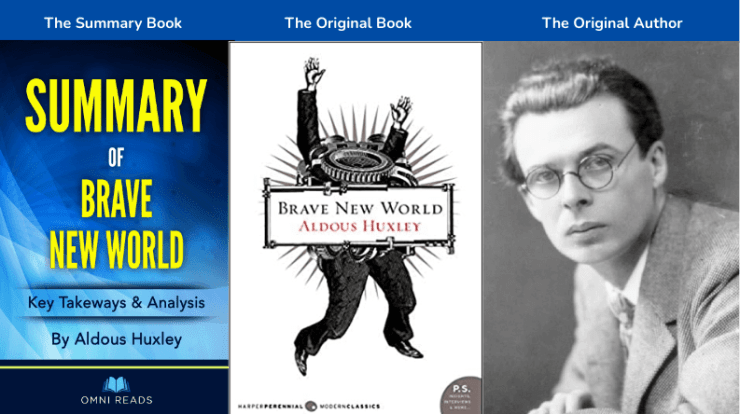
This dystopian story shows what happens when society is drained of individuality by creating a strict class system. If you were a fan of 1949 classic 1984, which also imagined a controlled society, this text is a slightly lighter read, until you get to the end.
The principles behind these divisions arose from the work of industrialist Henry Ford, who is revered as a God. By breaking down work into the assembly-line process, he inspired a movement to make the human race equally efficient. By taking away conflict of any kind by pigeon-holing every decision, the world can now focus on “civilized living.”
First published in 1932, Brave New World’s ideas may rankle against some of the more progressive thoughts of Indigenous and women’s rights. Ironically, Huxley presents these ideas in such a way that the reader sees the absurdity of stereotypes. The writing is clever and quite readable, despite the heavy message hidden within it.
In Aldous Huxley’s Brave New World, society is divided into five castes: Alphas, Betas, Gammas, Deltas and Epsilons. Alphas are the highest caste and they do not work. They are responsible for creating new ideas and inventions. Betas are the second highest caste and they take care of running things in society. Gammas are workers who take care of manual labor like farming and manufacturing. Deltas are workers that do knowledge jobs like teaching or research. Epsilons are the lowest caste who work in menial jobs such as janitors or laborers.
